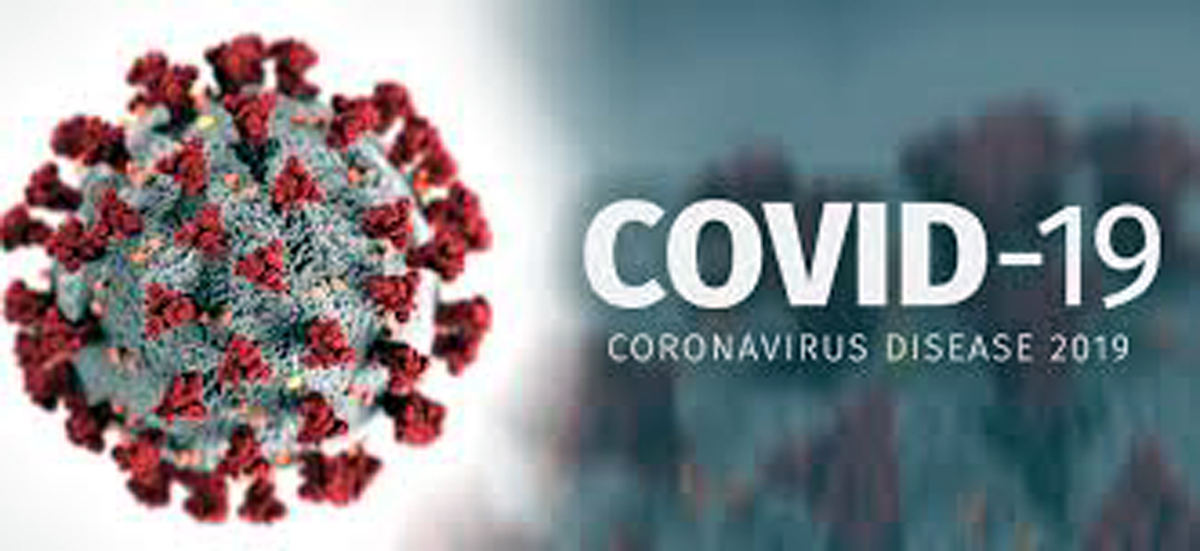LONDON: A low-cost, easy-to-build non-invasive entilator aimed at supporting the breathing of patients with respiratory failure performs similarly to conventional devices, according to new study that may help manage symptoms in those with severe manifestation of COVID-19.
The research, published in the European Respiratory Journal, noted that non-invasive ventilators are used to treat patients with breathing difficulty and respiratory failure, a common symptom of more severe disease due to novel coronavirus infection.
According to the researchers, including those from the University of Barcelona in Spain, non-invasive ventilation is delivered using facemasks or nasal masks, which push a set amount of pressurised air into the lungs.
They said this supports the natural breathing process when the disease has caused the lungs to fail, enabling the body to fight infection and get better.
The current study describes a free to replicate, open source model for the ventilator, the researchers said.
According to the scientists, the prototype ventilator could support treatment for coronavirus and other severe respiratory diseases in low-income parts of the world.
“In light of the ongoing coronavirus pandemic and the escalating need for respiratory support devices around the world, we designed a ventilator that can be built at a low cost using off-the-shelf components,” said Ramon Farre, Professor of Physiology at the University of Barcelona.
“The ventilator is intended to support hospitals and health systems that are struggling to meet the demand for ventilatory support due to coronavirus and other severe lung diseases,” Farre said.
The scientists designed, built and tested the low-cost non-invasive ventilator using a small high-pressure blower, two pressure transducers, and a controller with a digital display, which, they said, are available at a retail cost of less than USD 75.
The researchers also tested the device using 12 healthy volunteers, and compared with a commercial ventilator.
They said the participants’ breathing was partially hindered by having them wear bands around the chest. This mimicked obstruction at the upper airways to simulate different levels of chest tightness and breathing difficulty caused by disease, the scientists added.
The participants wore face masks fitted over the nose to facilitate breathing and were asked to score the level of comfort or discomfort they experienced both with and without ventilatory support.
With the new device, the researchers did not observe any faulty triggering of changes to the levels of air pushed from the ventilator during use.
According to the team, the device effectively supported spontaneous breathing rhythm, suggesting that the prototype assists natural breathing well.
It also found that the feeling of breathing relief provided by the prototype was virtually the same as what was reported using the commercial ventilator.
The scientists said they also carried out respiratory “bench testing” — a process where lung modelling is used to assess how well the ventilator supports the breathing of patients with different levels of airflow obstruction or restriction.
In this, they tested the new ventilator under 16 different simulated conditions, covering real-life settings where non-invasive ventilation is used in clinical practice.
The test revealed that, across all simulated conditions, the prototype ventilator worked effectively to support the lungs to operate efficiently and there was no faulty triggering, according to the study.
“Our tests showed that the prototype would perform similarly to a conventional, high-quality device when providing breathing support for patients who, although with great difficulty, can try to breathe by themselves,” Farre said.
“This low-cost device could be used to treat patients if commercial devices are not available, and it provides clinicians with a therapeutic tool for treating patients who otherwise would remain untreated,” he added.
The researchers highlighted that the prototype only provides breathing support and is a non-invasive ventilator.
They said it is not intended for the most severely diseased patients in intensive care units, who are intubated and require a mechanical ventilator to take full control of the patients’ breathing. “World Health Organization data suggests that around 80 per cent of people who get coronavirus recover without needing hospital treatment, but those who do develop severe symptoms can experience breathing difficulties, which is distressing and puts health systems under additional pressure,” said Leo Heunks, intensive care medicine researcher from the European Respiratory Society, who was not involved in the study.
The study noted that low-cost solutions like the newly developed ventilator could provide treatment for patients, potentially improving outcomes and helping to alleviate pressure on health systems by reducing the need for more invasive types of ventilatory support.
It also provides an open-source description with full technical details on how to build the non-invasive ventilator.
According to the scientists, the device can be built with no prior knowledge of ventilation, and with only basic engineering skills. (AGENCIES)


